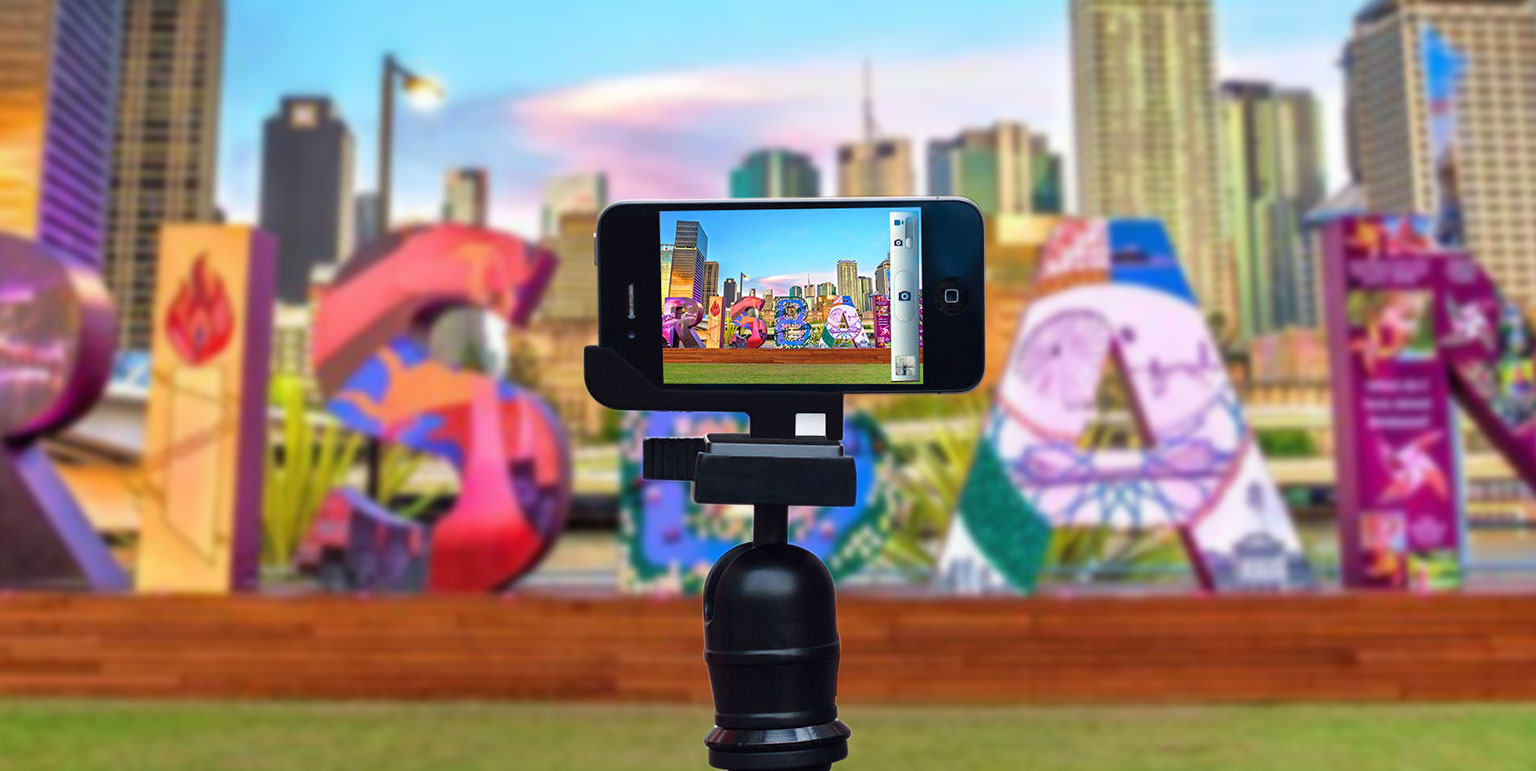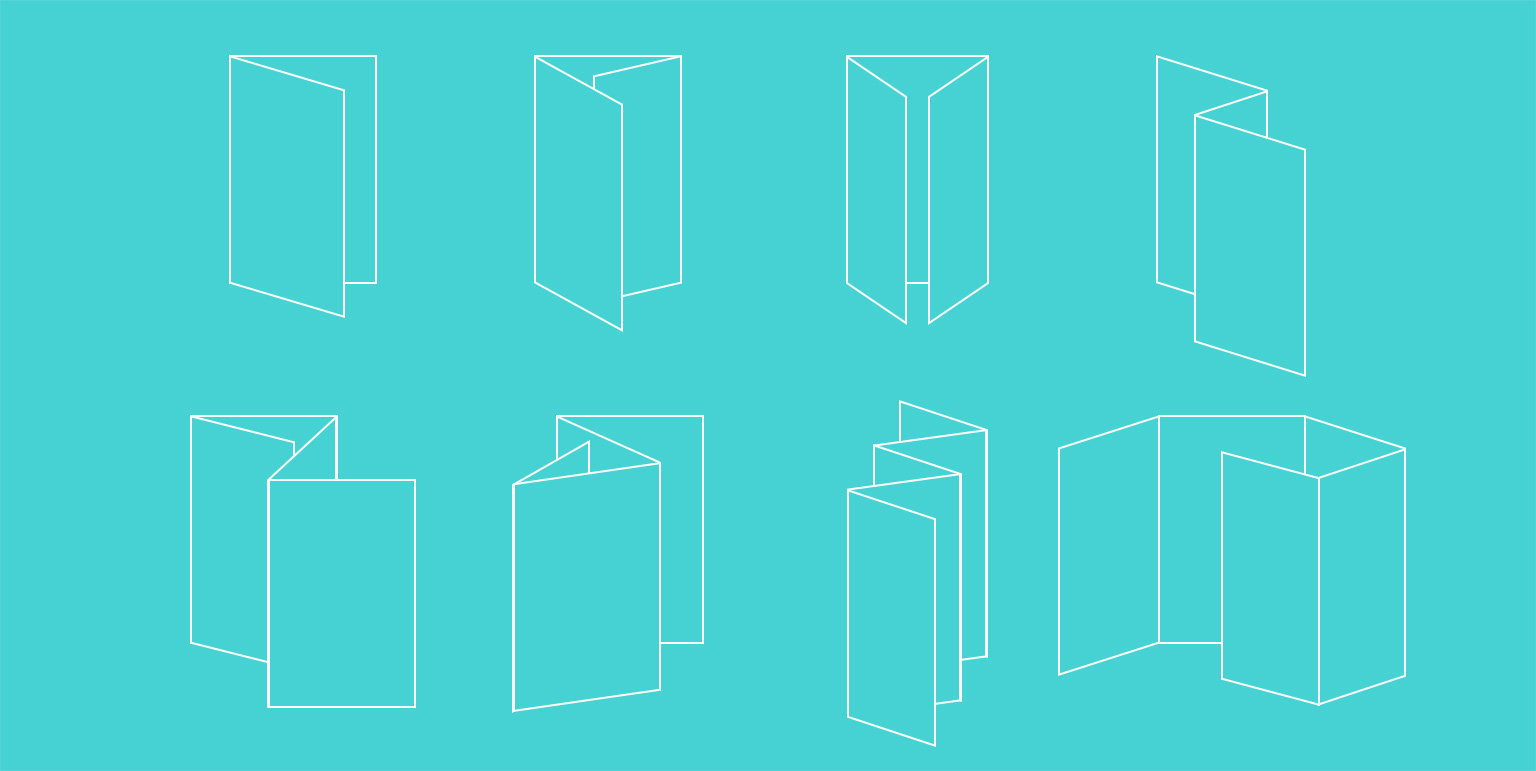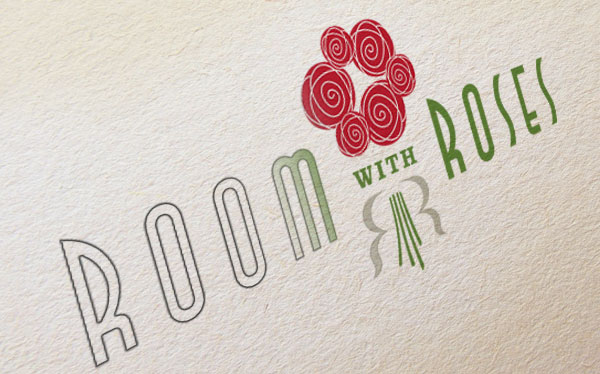The web design industry is constantly evolving and 2024 will be no exception. With new technologies, user preferences, and design standards, web designers are embracing the latest trends and best practices to create websites that are engaging, functional, and attractive. Here, we explore some of the web design trends that we expect to dominate, and how Absolute Media Brisbane can help you implement them on your website.
1. Full-Screen Homepage Hero Section
Full-screen hero sections act like a huge billboard for your website. They immediately capture user attention and deliver a clear communication with few distractions.
A full-screen hero section is a great way to position your business, and to set the scene for your business, brand or product. You of course need an image with meaningful content that adapts to different browser sizes and so avoids being cropped in a way that ruins the design.
Don't worry about putting your content ‘above the fold’. The idea that users won't scroll down to see more information is outdated, as most users are used to scrolling on their devices.
2. Graphics with Photos
You will doubtless have seen images on social media that include graphic overlays. This technique adds creativity, depth and relevance to otherwise regular images. Combining photos with graphics can enhance your brand identity, helps to visually connect your content, and has the added bonus of keeps your website visitors interested in your content, plus done correctly, making it memorable.3. Responsive Design
Not a new trend, but still a crucial one. Responsive design means that your website adapts to different screen sizes and devices, ensuring consistent and optimal user experience across all platforms. Responsive design is not only important for usability, but also for SEO; Google favours websites that are mobile-friendly and perform well on smartphones and tablets. Absolute Media can help you create a responsive website that looks great and performs well on any device.
4. Dark Mode
Dark mode is a popular option for many users who prefer a darker background for their websites and apps. Dark mode helps reduce eye strain, save battery life, and create a sleek and modern aesthetic. Dark mode can also make your website stand out from the crowd, as many websites still use light backgrounds. Absolute Media can help you design a website that offers dark mode as an option for your visitors, or even as the default theme.
5. Less is More - the Art of Minimalism
Minimalism is a design trend that’s been around for decades but, in the communications industry, it is still very relevant and effective. Minimalism is the art of using less to achieve more. By eliminating unnecessary elements and focusing on the essential ones, minimalism can make your website look clean, elegant, and professional, as well as improve its loading speed and usability. We can help you create a minimalist website that showcases your content and brand without any distractions.
6. Micro-Interactions
On websites, small animations help to provide subtle feedback to your visitors. A good example of this is when a button changes colour when the user hovers their mouse over it. Focussing on these points of micro-interaction on your website, helps bring attention to the details that you ideally want visitors to focus on, and engage. Things like subtle movement, slowly shifting gradients, scrolling animations and parallax, or changes to the mouse icon when you click an element are all possible instances where micro-interaction can be used to great effect.
7. Micro-Animations
Micro animations are extremely useful for holding attention, and guiding users to key aspects of your website. Thinking about how content moves, when loading, when scrolling or swiping, when hovering can bring really effective enhancement to your user experience and present more dynamic qualities, if that’s your thing.
8. Dynamic Cursors
Customizing how users interact with your web elements with the cursor is both a cool and creative way to enhance your users’ experience. Changes the shape of a cursor, it’s colour and how it behaves when key events are triggered works as an effective and albeit sometimes slightly distracting technique which has gained popularity recently.
9. Interactive Content
Interactivity on your website is a great way to get your visitors engage, to pull them deeper into your content, and for your business to find out more about them.
The moment that a visitor starts interacting with your site content, their experience shifts from passive to active, and the conversion experience begins. Think of things that can help your prospects to make informed decisions, and deploy content like interactive event calendars, estimate calculators, animated infographics, questionnaires, resource libraries, maps and survey results to increase the likelihood of generating more new enquiries.
10. Custom Illustrations
Illustrations are an obvious way to make your website more unique and memorable. Illustrated custom-made graphics can also reinforce your brand personality, message, and tone in a creative and engaging way. Illustrations can also bring colour and qualities such as humour and emotion to your website, making it more appealing and relatable to your audience.
These are just some of the web design trends that we expect to dominate, but there are many more to explore and experiment with. If you want to make your website stand out this year, Absolute Media Brisbane can help you with all your web design needs. Contact us today for a free consultation and quote.

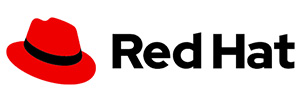 This might sound somewhat psychoanalytical, but often I find my inner monologue rambling to literal logo designs in this way quite a lot. Yeah, it’s a Red Hat. What do they do again? Umm … software. It’s actually a really unstylish red panama hat. Or is it a trilby? What were they thinking when they approved that one?
This might sound somewhat psychoanalytical, but often I find my inner monologue rambling to literal logo designs in this way quite a lot. Yeah, it’s a Red Hat. What do they do again? Umm … software. It’s actually a really unstylish red panama hat. Or is it a trilby? What were they thinking when they approved that one?  The straight-up lettering and the cheeky little smile beneath it are fairly apparent. But, notice where the smile leads from and to, and the small arrowhead at one end? Yes that’s right … Amazon, everything you need, from A to Z.
The straight-up lettering and the cheeky little smile beneath it are fairly apparent. But, notice where the smile leads from and to, and the small arrowhead at one end? Yes that’s right … Amazon, everything you need, from A to Z.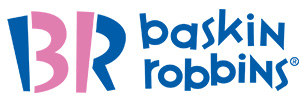 The Baskin and Robbins logo is a great, high profile example too. Tucked away in the playful ‘BR’ initials are the numbers 3 and 1, referencing the 31 flavours that they are famous for selling.
The Baskin and Robbins logo is a great, high profile example too. Tucked away in the playful ‘BR’ initials are the numbers 3 and 1, referencing the 31 flavours that they are famous for selling.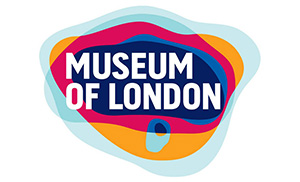 Perhaps less well known, but a useful example, is the Museum of London logo. At first glance it just looks like some overlapping biological shapes surrounding the text. The colours in-fact represent the changing borders of this famous city throughout its history.
But enough of the reveals. Check out the FedEx logo, have look Cisco’s emblem and, maybe not overly obvious, but see if you can figure out what Hyundai’s logo symbol means … if anything.
Perhaps less well known, but a useful example, is the Museum of London logo. At first glance it just looks like some overlapping biological shapes surrounding the text. The colours in-fact represent the changing borders of this famous city throughout its history.
But enough of the reveals. Check out the FedEx logo, have look Cisco’s emblem and, maybe not overly obvious, but see if you can figure out what Hyundai’s logo symbol means … if anything. 